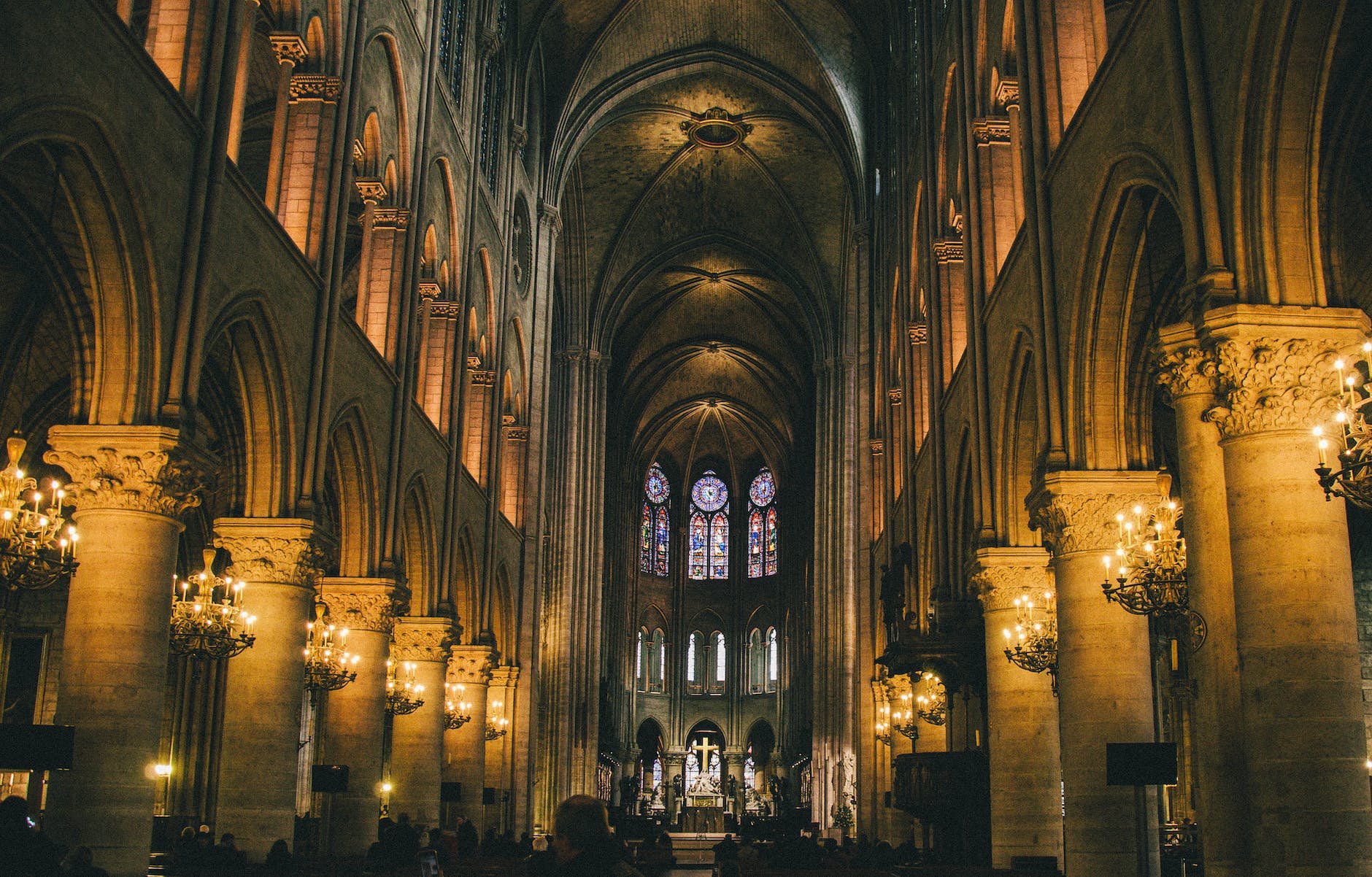
Not far from where I was born is the medieval church of Waltham Abbey – famous for being the burial place of King Harold II (killed at the Battle of Hastings by an arrow in his eye) and one of the resting places for the body of Eleanor of Castile, the dead wife of King Edward I (the man who vanquished Braveheart).
What’s so interesting about the abbey is that it represents just about every phase that a Christian church could go through in English history. The first church was a rudimentary two room affair built in the 7th century after the conversion of England’s Saxon rulers to Christianity. The religion had been present in England in the late Roman Empire but extinguished after the legions left in a hurry in the early 400s AD.
DISCOVER: English kings whose bodies have disappeared
Graves have been found from this period and carbon dating has proven the age of the first building. That was then superseded by another church in the 8th century. It was present in the 11th century when the Danes fully conquered England and installed Cnut as king. His standard bearer, Tovi, owned estates in the area – which is quite close to London. Tovi brough a holy cross from another of his estates in Somerset, west England, which was believed to have healing powers. This black crucifix was brought to Walthan in around 1030.
But of course it was the Normans after their victory in 1066 who really set about building an impressive and chunky Romanesque building. It took sixty years to build, completed in 1150, and its eastern chapel housed the holy cross. The church that is visible today was just the nave of this huge structure.
After arranging for the murder of the Archbishop of Canterbury Thomas Becket, King Henry II did penance by enlarging the church threefold. Bolted on to it was an Augustinian priory and the powerful black canons became a feature of the area. Their prior was an important figure in medieval England. Needless to say this put Waltham very firmly on the map.
As I mentioned, in 1290, the body of Eleanor of Castile rested here on its journey from a town near Lincoln where she had died to London for burial. At each stopping point, a cross was erected in her memory. But the cross that made Waltham famous was the one brought by the area’s Danish overlord two centuries before.
All good things must come to an end and for the Augustinians, the Protestant Reformation of the Tudors was a disaster. Waltham was one of the last abbeys to be dissolved by Henry VIII in his far reaching reforms of the church. The canons were turfed out and in 1540, the majority of the 12th century building was reduced to rubble. It was reworked into nearby secular buildings and farm walls.
On Boxing Day, I visited. It’s curious to find yourself standing at the spot where Harold II’s grave was located behind the main altar – because that’s in the middle of the cemetery now! The church was so reduced in size that all its chapels, part of the nave and outbuildings disappeared. Harold’s grave is just marked by a simple slab. If a more elaborate tomb once existed, then it’s long gone.
In the brief Catholic restoration of Queen Mary Tudor, a church steeple was added but this only seemed to confirm that site’s new status as a large but much more modest village place of worship.




















A very interesting piece – I, too, very much enjoy history.